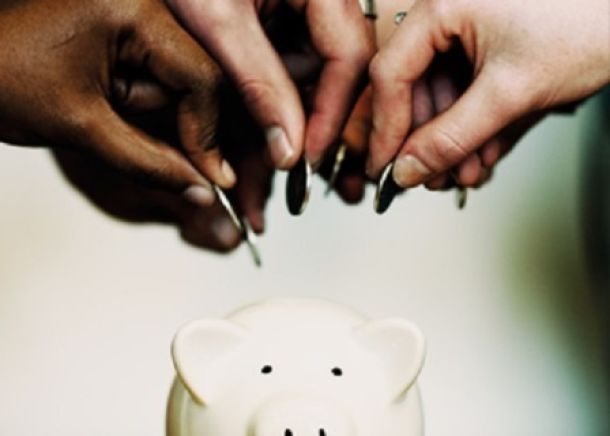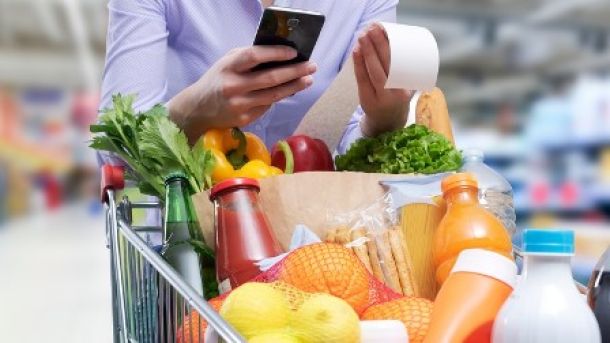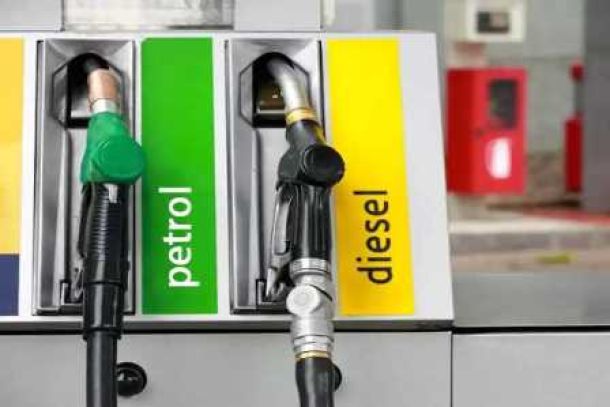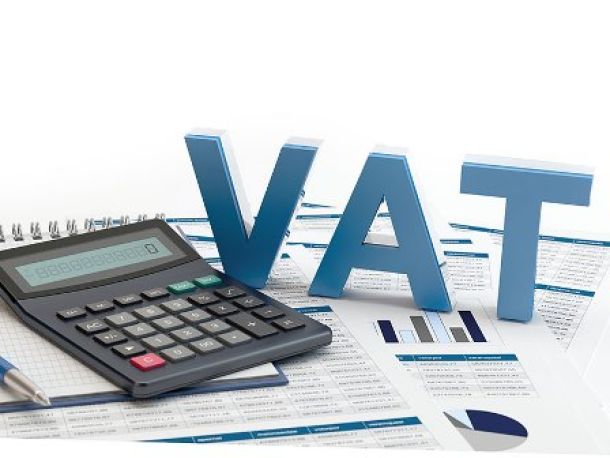How South Africans spend their money each month in South Africa
A new report by Standard Bank reveals the monthly spending habits of households in South Africa. The bank notes that 62.3% of households fall within the poorest income bracket – below R86,000 per annum, while middle income groups (R86,001- R1.48 million per annum) comprise a combined 26.4% of South African households.
The wealthiest households in South Africa only account for 1.2% (R1.48 million – R2.36 million+ per annum).
According to Standard Bank, the largest components of household expenditure are food, beverages and tobacco (20%) and contributions, which refers to instalment type payments and includes medical aid, insurance and pension fund contributions (29%).
Transport comprises 15% of aggregate household expenditure. This includes petrol and purchases of new vehicles.
Health accounts for 6% and housing, electricity, gas and fuels for 5% of aggregate household spending.
Education is only 3% of spending. This includes primary, secondary and tertiary education.

Up to 60% of household spending is on essential items and 40% on non-essential items.
The bank found that 59% of expenditure by low income households is on non-durable goods, primarily food, making these households more susceptible to food inflation.
It said that 8.8% of spending is on semi-durable goods and only 3.5% of low income household expenditure is on durable goods.
Between 22% and 40% of spending by middle income households is on non-durable goods and 5% and 10% on durable goods, while 15-23% of spending by high income households is on durable goods, making these households more sensitive to currency weakness and interest rate hikes.
Spending on services tends to comprise a similar percentage of each household budget i.e. between 25% and 33% of household spending.
News Category
- International retailers
- On the move
- Awards and achievements
- Legislation
- Wine and liquor
- Africa
- Going green
- Supplier news
- Research tools
- Retailer trading results
- Supply chain
- Innovation and technology
- Economic factors
- Crime and security
- Store Openings
- Marketing and Promotions
- Social Responsibility
- Brand Press Office
Related Articles

Empowering South African households through gro...

SPAR shares practical tips to beat food inflation

South African motorists could be paying up to R...

Big VAT changes on the cards


